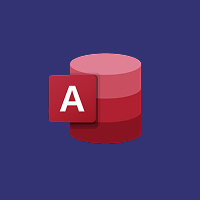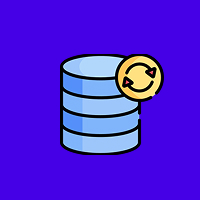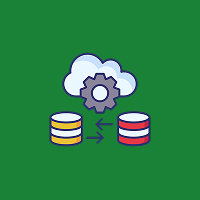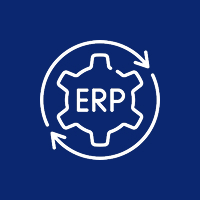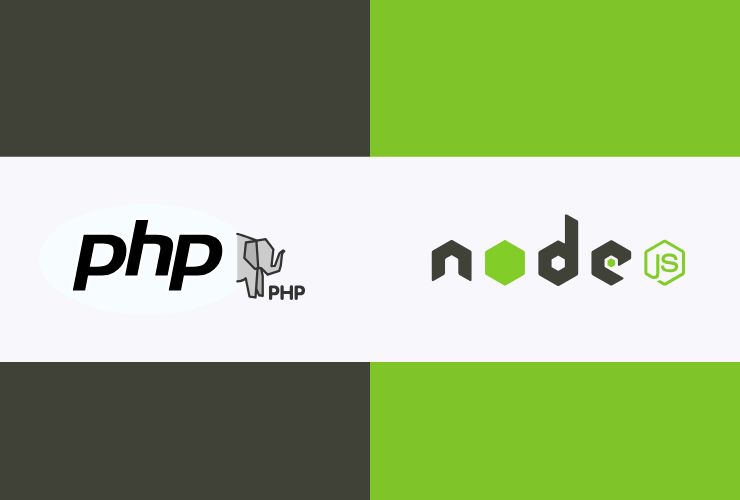In the ever-changing landscape of web development, selecting an appropriate backend technology is probably one of the most important decisions a developer will ever have to make. With all of the frameworks and platforms available, two solid favorites always appear to make everyone sit up and take notice: PHP and Node.js. Masses actively use both, and large communities love them for different reasons, as each suits different types of programs.
With good knowledge of PHP and Node.js strengths, weaknesses, and optimal use cases, you will be able to choose which backend technology will best serve your project goals, development team, and performance requirements.
What is PHP?
PHP (Hypertext Preprocessor) is a server-side scripting language designed in 1994. PHP was designed specifically for web development and is currently one of the most popular programming languages on the web. It supports almost 80% of the sites on the web, such as WordPress, Drupal, and Joomla.
PHP is primarily deployed on LAMP (Linux, Apache, MySQL, PHP) stacks and is particularly well suited for server-side rendered applications and classic site builds.
What is Node.js?
Node.js is a JavaScript runtime environment on the V8 engine of Chrome, launched in 2009. Node.js is not a language but rather a platform upon which developers are able to run JavaScript on the server, unlike PHP. Its event-driven, non-blocking nature makes it the perfect choice for real-time applications, APIs, and services requiring high concurrency.
Node.js is extensively used to develop microservices, single-page applications (SPAs), chat systems, and collaboration tools.
1. Performance and Speed
PHP has traditionally executed requests synchronously. What this implies is that each task will wait for the last task to complete. While this model is adequate for most run-of-the-mill websites, it creates bottlenecks in high-concurrency situations.
Node.js uses asynchronous and non-blocking programming. It processes multiple requests at once, making it much faster for applications involving a lot of I/O operations, such as file operations, API queries, or data streaming.
Summary: If your application requires real-time updates or high performance under heavy loads, Node.js usually delivers better outcomes.
2. Scalability
PHP apps scale in ways that have been proven, such as caching, load balancers, and database replication. Its synchronous model will introduce performance issues in high-scale applications if proper infrastructure optimization is lacking.
Node.js, with its event-driven approach and modular design, can better handle high-concurrency environments. It plays in conjunction with cloud-native and microservices architecture perfectly and allows you to scale applications horizontally with low overhead.
Summary: Node.js should be utilized if load performance and scalability matter the most.
3. Learning Curve and Developer Experience
PHP is easy and approachable. It has a shallow learning curve, and therefore it is very widely utilized as a starting point for novice developers. PHP also has a copious documentation library and plenty of tutorials to facilitate rapid learning and getting started.
Node.js requires understanding of asynchronous programming and JavaScript patterns. While this introduces some complexity, it’s an attractive option for developers already using JavaScript on the client side and wanting to use one language across the stack.
Summary: PHP is simple to learn, while Node.js offers consistency for full-stack JavaScript developers.
4. Ecosystem and Frameworks
PHP has strong, battle-hardened frameworks like Laravel, Symfony, and CodeIgniter with high-strength routing utilities, templating utilities, and database integration utilities.
Node.js is supported by npm, the biggest package manager ecosystem worldwide. With the libraries of Express.js, NestJS, and Koa, it is simple for developers to build highly flexible, scalable server-side applications.
Conclusion: PHP boasts mature, battle-tested frameworks. Node.js boasts a bleeding-edge, rapidly evolving ecosystem to support the needs of development in the modern age.
5. Common Use Cases
PHP is most suitable for:
- Content management systems
- E-commerce websites
- Server-side rendered websites
- Projects with established LAMP stacks
Node.js is most suitable for:
- Real-time web applications
- RESTful APIs and back-end services
- Single-page applications
- Streaming and collaborative applications
6. Hosting and Deployment
Nearly all hosting providers support PHP, including shared hosting accounts, making it low-cost and simple to deploy.
Node.js, being a bit more complicated to host, is supported by contemporary deployment tools and cloud providers. Heroku, Vercel, AWS, and DigitalOcean provide support for Node.js applications with automated CI/CD pipelines.
Summary: PHP provides simple, low-cost hosting. Node.js offers contemporary deployment options better suited to dynamic and scalable applications.
7. Support, Community, and Future Prognosis
PHP and Node.js are highly community-oriented. PHP is well over two decades old, with all that that entails in the way of stability and longevity. Node.js is younger and is being subject to a lot of high-speed innovation and development from an extremely rapidly expanding base of developers.
PHP continues to evolve (e.g., PHP 8+), improving performance and syntactical revitalization. Node.js leads the way in JavaScript-based next-gen development environments, with both startups and enterprises actively using it.
Final Thoughts
Which to utilize, PHP or Node.js, hinges on your specific project requirements, your developers’ skill sets, and your preferred infrastructure.
For creating a CMS, e-commerce site, or simply a robust, simple-to-use backend for content-based websites, use PHP.
For building real-time applications, APIs, or requiring a top-to-bottom JavaScript platform for ease of development in collaboration, utilize Node.js.
Both are easily accessible and well-used, so your decision should be based on your ultimate goals, project size, and development team experience level.













 Database Development
Database Development




